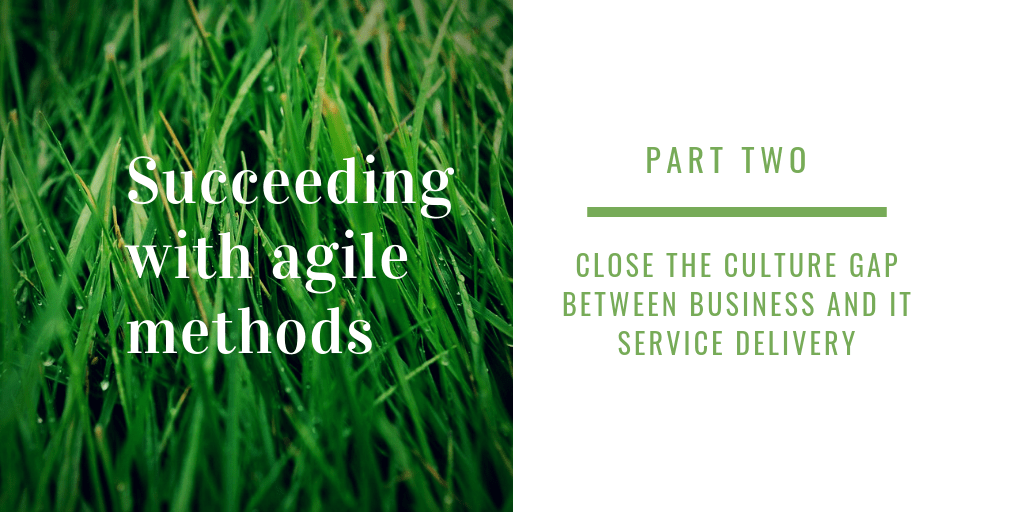
In her book Becoming Agile, Laura Re Turner delves into the success factors of Agile methods and their transformative impact on organisations.
In Chapter 5, she underscores the transformative power of Agile and the importance of team collaboration to become agile in more than name only. By embracing change, fostering collaboration, and leveraging technology, organisations can unlock their true potential and achieve remarkable results.
Agile is not merely a set of tools or practices. It’s a mindset shift that permeates every aspect of an organisation. Embracing Agile methods requires a willingness to challenge traditional hierarchies and embrace change as a constant companion. This transformation demands a shift from individual silos to cross-functional teams that collaborate seamlessly.
The book explores the meaning of true teams in an Agile context. Agile teams are cross-functional and operate as self-organising units, fostering innovation and adaptability. Empowered by shared ownership and accountability, they are able to break down barriers and streamline decision-making.
Effective communication is the cornerstone of successful collaboration. Laura highlights the importance of establishing clear and concise communication channels, ensuring that all team members are kept informed and engaged. Regular feedback loops and transparent information sharing are essential for fostering trust and building a cohesive team culture.
Agile is not merely a set of tools or practices. It’s a mindset shift that permeates every aspect of an organisation.
— Becoming Agile: Coaching Behavioural Change for Business Results
To further enhance collaboration, she advocates for the adoption of collaborative tools and practices. These tools, ranging from project management platforms to real-time communication channels, facilitate seamless information sharing and task management, enabling teams to work together effectively even when physically dispersed.
As organizations embark on their Agile journeys, Laura reminds them that change is inevitable and resistance is often encountered. Addressing these challenges requires a commitment to understanding the underlying reasons for resistance and addressing them head-on. Engaging stakeholders, providing comprehensive training, and celebrating successes are all critical steps in fostering acceptance and building a culture of Agile adoption.
Stay in the Loop!
Subscribe so you never miss our updates.






